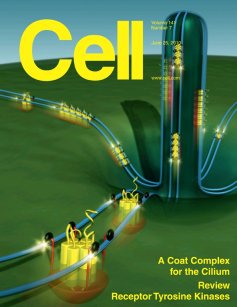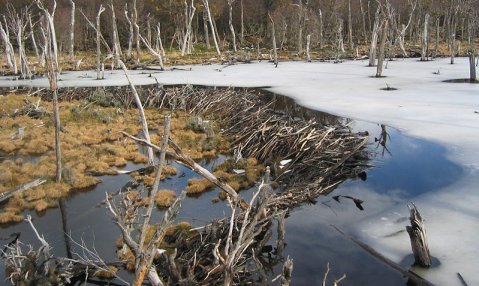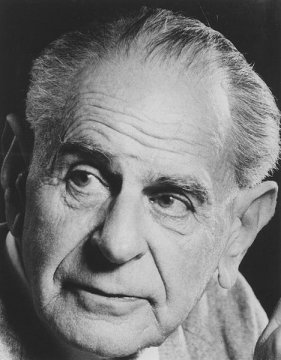In a previous post, I discussed the rise in autism that seems to be occurring in the United States. In that discussion, I made it clear that genetically-based diseases can increase over time. One commenter (Eric) suggested that autism is not rising all that rapidly in the United States. This prompted a spirited exchange, which I enjoyed, and I hope Eric enjoyed as well.
The comments on that article are now closed, but Eric recently commented on another post to add a link related to that previous discussion. It is an excellent link, so I want to share it in a post that clearly relates to autism.
In essence, the author (an academic clinical neurologist at Yale) is skeptical that there is any significant increase in autism itself. Instead, he thinks that broadened diagnostic criteria for autism as well as increased surveillance have caused the number of diagnosed cases of autism to increase, but the actual number of autism cases has not increased much over the years. We are just doing a better job of diagnosing it, watching for it, etc.
You should read the article and see what you think. I personally think the Bearman studies he mentions (it was a series of studies, not just a single study – see this New Scientist article) are the most convincing, and they argue that there is a real increase in the rate of autism. Even the author of the original link seems to be willing to admit that increasing parental age (which I highlighted in my previous post) is causing at least some real increase in the prevalence of autism.







